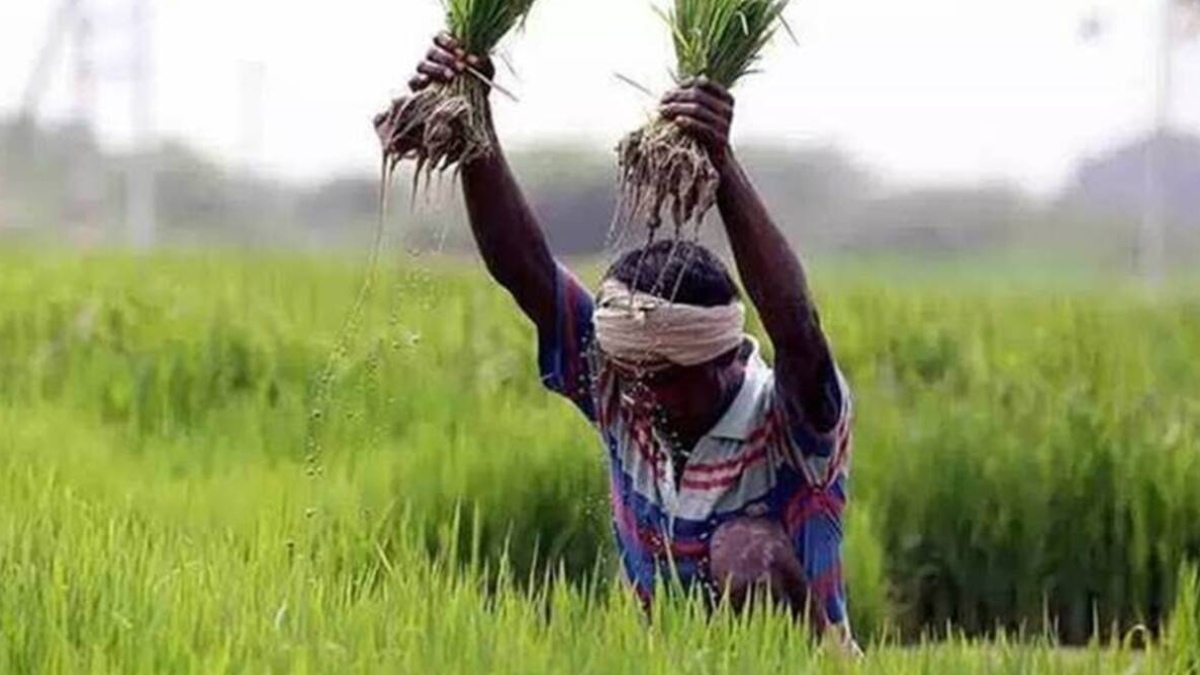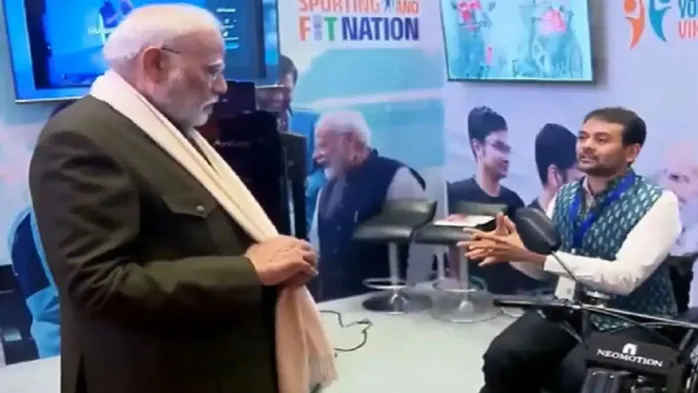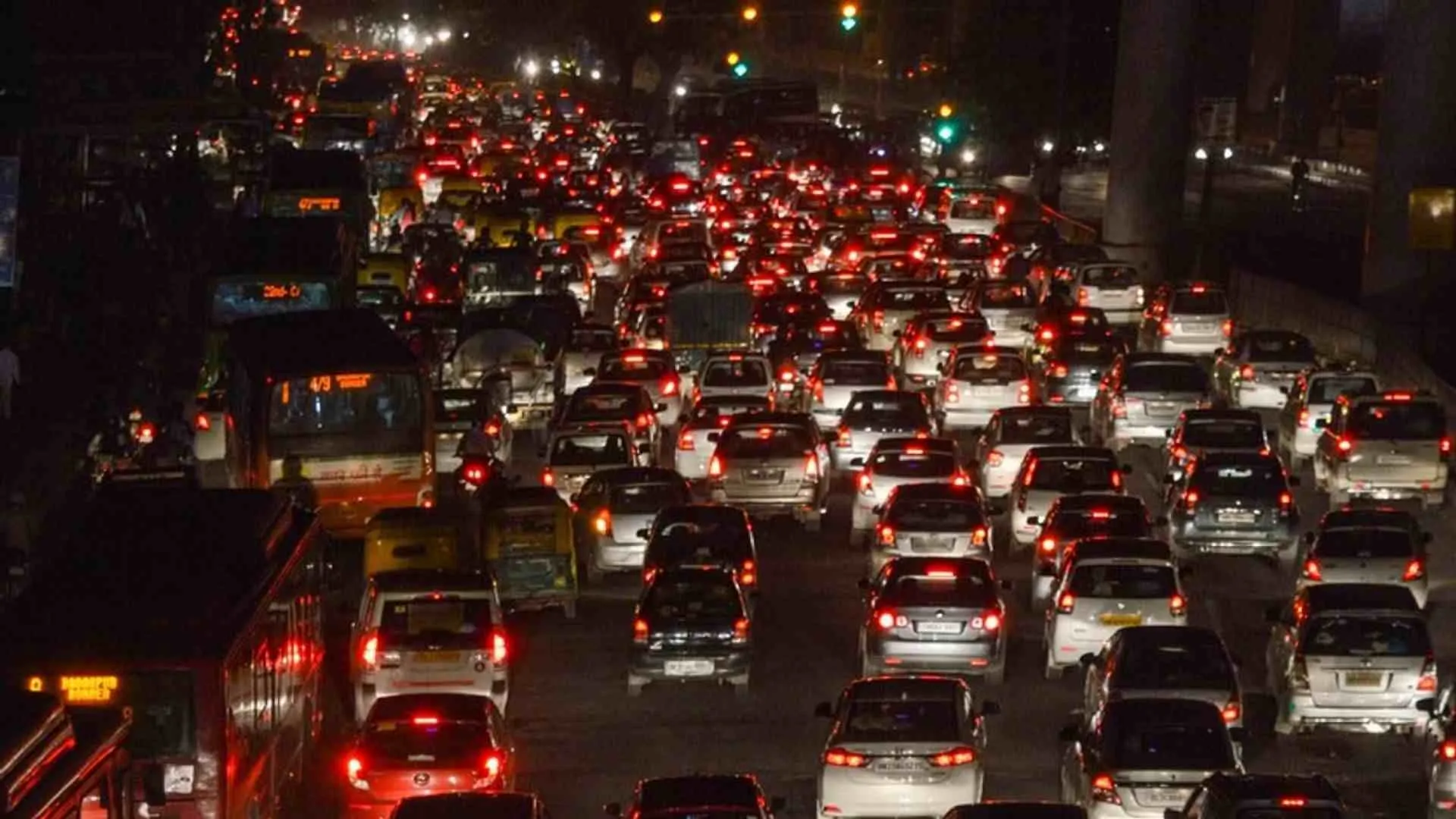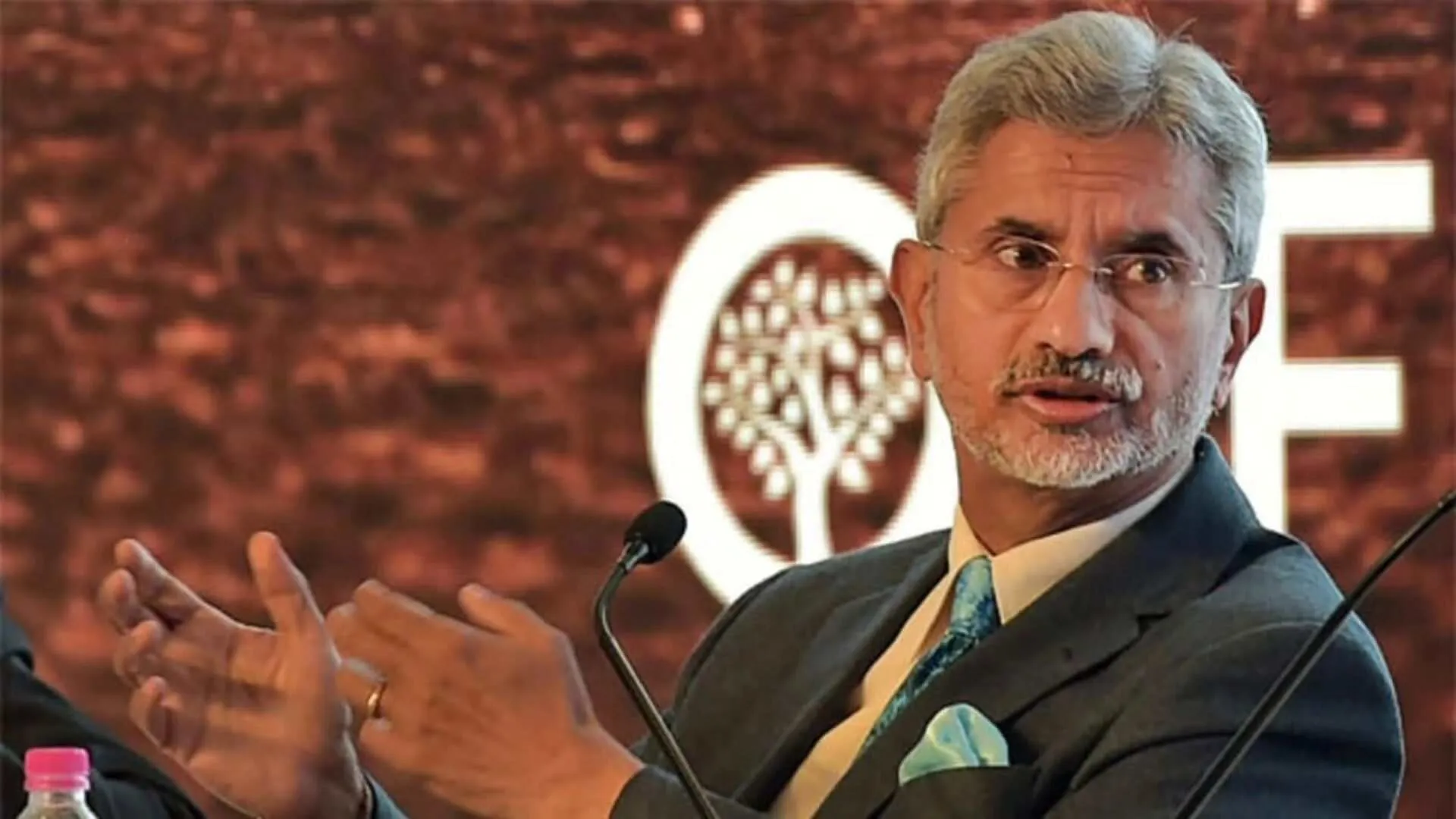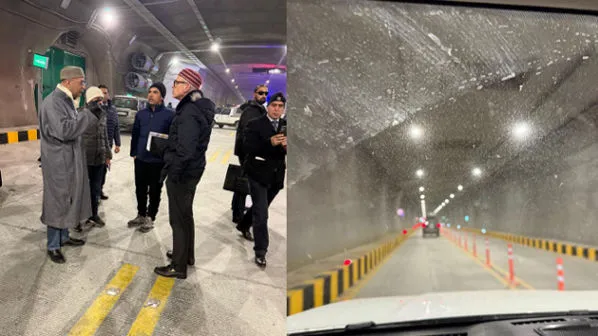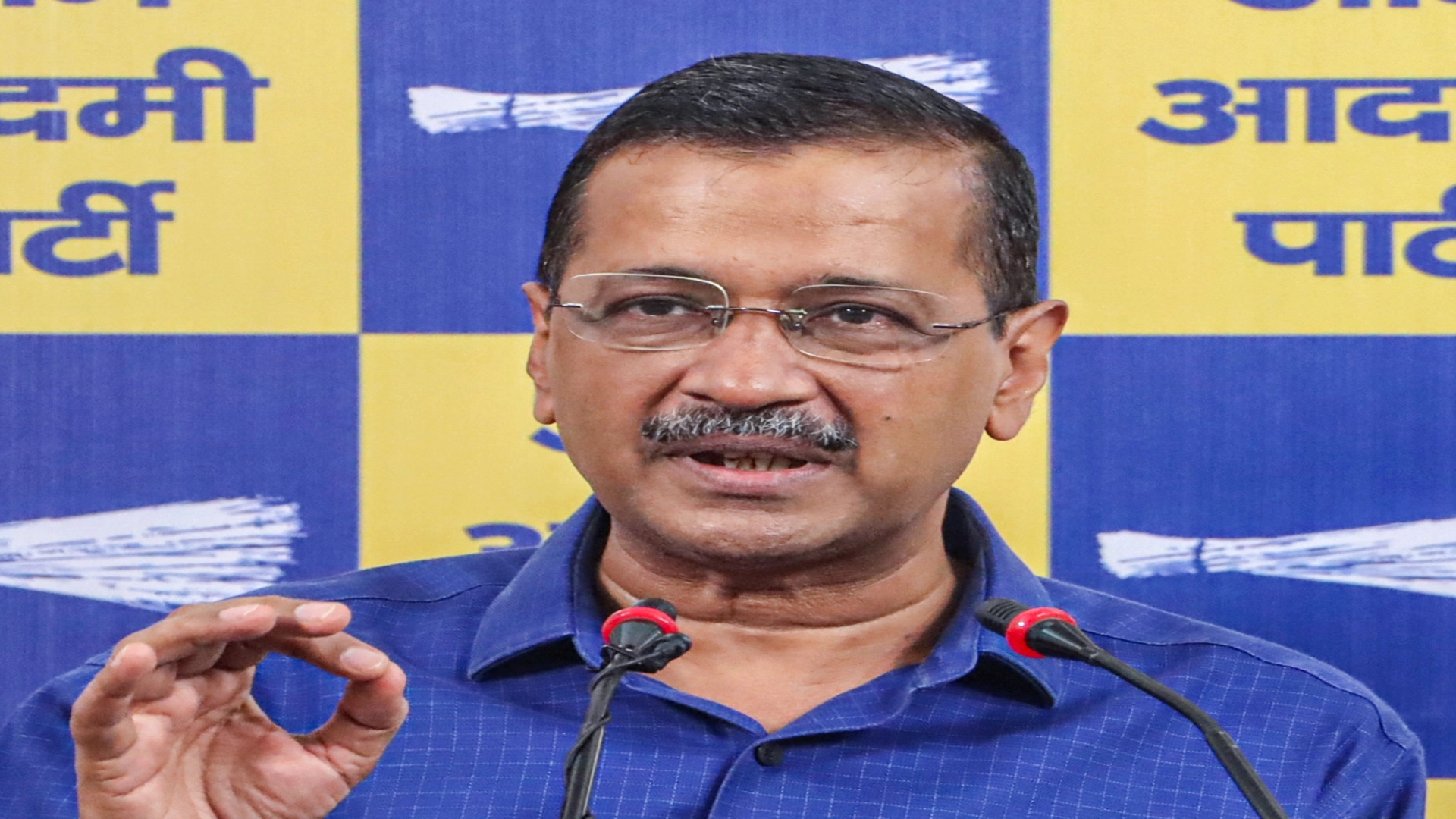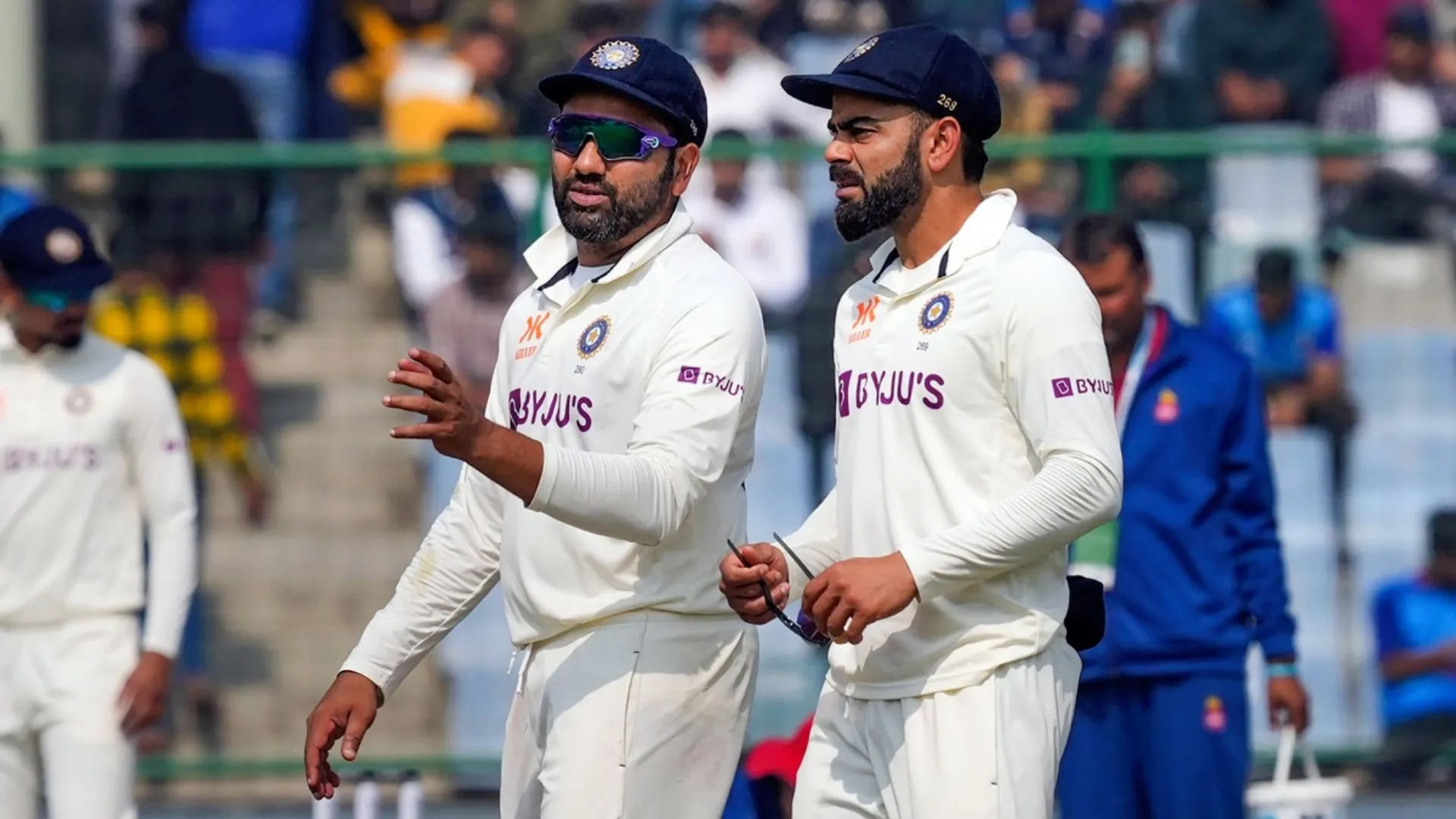6 of the 17 United Nations Sustainable Development Goals are related to Agriculture and allied sectors. SDG-2 on Zero Hunger specifically targets small farmers saying that, “By 2030, double the agricultural productivity and incomes of small-scale food producers, in particular women, indigenous peoples, family farmers, pastoralists and fishers, including through secure and equal access to land, other productive resources and inputs, knowledge, financial services, markets and opportunities for value addition and nonfarm employment.”
Niti Aayog’s Discussion Paper on AI for All says, to achieve and maintain an annual growth rate of 8–10% for the Indian economy, agriculture sector must grow 4% or higher rate.
From both these statements, it is quite clear that there is a need for quick intervention in the sector to increase productivity in a sustainable manner. For this, agriculture needs to move from Resource Intensive, characterised by irrational land use, soil degradation, unsustainable water usage, excessive fertiliser usage, low yield per acre etc. to Technology Intensive, characterised by higher yield, sustainable land and water usage, climate smart cropping etc. Digitization of agriculture is going to help us a lot in making this shift.
INFORMED DECISION MAKING
Weather forecast and Crop price are the two very important factors for a farmer to decide which crop to grow. With new technology weather agencies are predicting the forecast quite accurately. Similarly, based on historical data, price prediction models are being built using various algorithms. With digitisation these informations are now available to farmers on his/her mobile with a click of the button. This makes their decision making very easy and shields them to some extent from the uncertainties of market and nature.
ADOPTION OF NEW FARMING TECHNIQUES
Due to digitisation, best farming practices across the world are now available to farmers on their mobile phones. They use these techniques to increase their produce, diversify their agriculture and hence increase their income.
Digitisation will also help farmers to adopt climate smart farming practices. According to FAO, our current population growth trend and food consumption practices will require us to produce 70% more by 2050. But we will also face the wrath of climate change in the same period in the form of extreme weather events, lower yield etc. So, we need to make our agriculture climate smart. Digitisation and technology adoption will be critical to that.
BETTER ACCESS TO INPUT, MARKET AND GOVERNMENT BENEFITS
With digital technologies, farmers are able to check the authenticity of inputs they buy. According to a 2015 FICCI report, around 30% of pesticides sold in India are spurious. Today there are QR codes on the products which farmers can scan using their mobile to check whether the product is authentic or not. Going forward, companies can adopt blockchain technology to tackle the problem of spurious and adulterated inputs.
The government and a number of companies are investing in technology to fix the broken output value chain. This will help farmers realise better prices for their produce and contribute directly to increasing their income.
JAM trinity has plugged the leakage in Govt subsidy distribution to farmers. Now the subsidy is directly credited to farmer’s bank accounts. Farmers are also using digital medium to apply for various government scheme like PM-Kisan Samman Nidhi Yojna.
COLLECTIVE VOICE OF THE COMMUNITY
Now with the advent of digital technology, these communities are getting created virtually and it is helping farmers jump geographical boundaries and connect with farmers from far off areas. Farmers are also using these community platforms to create small groups of like-minded farmers from various regions to learn from each other, help each other. For example, a group of farmers doing beekeeping are engaging and communicating through these groups and growing their business.
Other stakeholders in the agriculture segment like companies, government etc are also using these community platforms as two way communication tool to disseminate relevant information to them and also get feedback and listen to their concerns. Given the level of digitisation across the world, it is high time we use these digital highways to help farmers connect with relevant stakeholders and solve their problems of information asymmetry and inefficiency.
The writer is Co-founder of Krishify

